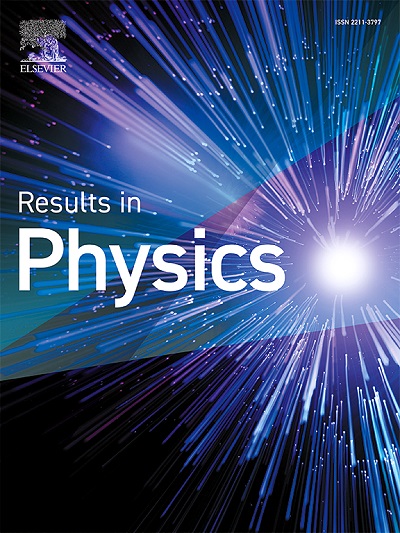基于机器学习的医学相关溴放射性同位素质子诱导反应截面预测
IF 4.6
2区 物理与天体物理
Q2 MATERIALS SCIENCE, MULTIDISCIPLINARY
引用次数: 0
摘要
核反应截面的准确预测对于优化与医学有关的放射性同位素的生产至关重要。在这项研究中,我们利用机器学习(ML)技术研究了质子诱导的硒同位素反应导致溴放射性同位素(75Br, 76Br, 77Br和80mBr)的形成。从EXFOR数据库中提取499个实验数据点,采用Savitzky-Golay滤波和三次样条插值对数据集进行处理,以降低噪声并增强数据集。特征工程结合了分类变量和物理变量来增强模型学习。三个ML模型-随机森林(RF), LightGBM和高斯过程回归(GPR) -使用RMSE, R2和10倍交叉验证进行训练和评估。结果表明,RF始终优于其他模型,预处理后的RMSE为16.73 mb, R2为0.99。LightGBM在稀疏或非线性区域表现出有限的稳定性,而GPR在非线性区域表现出有限的稳定性。通过反应类型和放射性同位素进一步分析了模型的性能。该研究强调了ML和预处理在数据稀缺条件下横截面预测中的有效性,并提出了包括深度学习和混合集成模型在内的未来方向。本文章由计算机程序翻译,如有差异,请以英文原文为准。
Machine learning-based prediction of proton-induced reaction cross-sections for medically relevant bromine radioisotopes
Accurate prediction of nuclear reaction cross-sections is essential for optimizing the production of medically relevant radioisotopes. In this study, we investigate proton-induced reactions on selenium isotopes leading to the formation of bromine radioisotopes (75Br, 76Br, 77Br, and 80mBr) using machine learning (ML) techniques. A total of 499 experimental data points were extracted from the EXFOR database and processed using Savitzky–Golay filtering and cubic spline interpolation to reduce noise and augment the dataset. Feature engineering incorporated both categorical and physics-informed variables to enhance model learning. Three ML models—Random Forest (RF), LightGBM, and Gaussian Process Regression (GPR)—were trained and evaluated using RMSE, R2, and 10-fold cross-validation. The results show that RF consistently outperformed other models, achieving an RMSE of 16.73 mb and R2 of 0.99 post-preprocessing. LightGBM also performed robustly, while GPR showed limited stability in sparse or nonlinear regions. Model performance was further analyzed by reaction type and radioisotope. The study highlights the effectiveness of ML and preprocessing in cross-section prediction under data-scarce conditions and suggests future directions including deep learning and hybrid ensemble models.
求助全文
通过发布文献求助,成功后即可免费获取论文全文。
去求助
来源期刊

Results in Physics
MATERIALS SCIENCE, MULTIDISCIPLINARYPHYSIC-PHYSICS, MULTIDISCIPLINARY
CiteScore
8.70
自引率
9.40%
发文量
754
审稿时长
50 days
期刊介绍:
Results in Physics is an open access journal offering authors the opportunity to publish in all fundamental and interdisciplinary areas of physics, materials science, and applied physics. Papers of a theoretical, computational, and experimental nature are all welcome. Results in Physics accepts papers that are scientifically sound, technically correct and provide valuable new knowledge to the physics community. Topics such as three-dimensional flow and magnetohydrodynamics are not within the scope of Results in Physics.
Results in Physics welcomes three types of papers:
1. Full research papers
2. Microarticles: very short papers, no longer than two pages. They may consist of a single, but well-described piece of information, such as:
- Data and/or a plot plus a description
- Description of a new method or instrumentation
- Negative results
- Concept or design study
3. Letters to the Editor: Letters discussing a recent article published in Results in Physics are welcome. These are objective, constructive, or educational critiques of papers published in Results in Physics. Accepted letters will be sent to the author of the original paper for a response. Each letter and response is published together. Letters should be received within 8 weeks of the article''s publication. They should not exceed 750 words of text and 10 references.
 求助内容:
求助内容: 应助结果提醒方式:
应助结果提醒方式:


